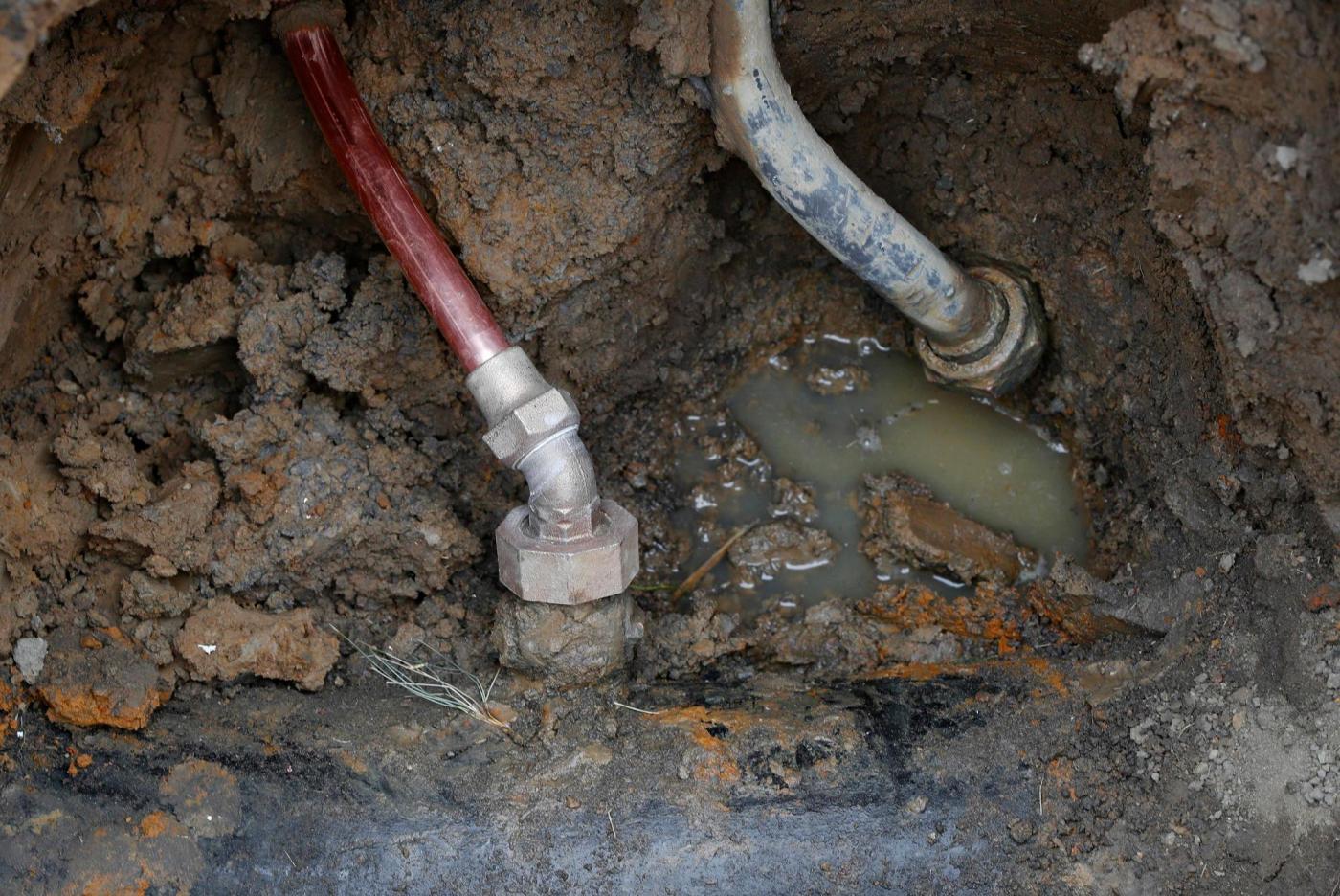First, a quiz:
1. What’s a reason rooted in biology that young Americans today have higher IQs on average than those of us who grew up in the 1970s or earlier?
2. What kills perhaps 1.5 million people or more each year around the world?
3. A new American initiative seeks to save vast numbers of lives around the world and add millions of points to our collective IQ by reducing what?
The answer to all three questions has to do with a health crisis that most people are barely aware of: lead poisoning.
Lead is a neurotoxin, and the dangers aren’t new. Benjamin Franklin warned in 1786 about the perils of drinking rainwater that had trickled off a lead roof.
But in a disgraceful chapter in American business history, companies found that lead additives made for pretty paint colors and smooth engine performance, so in their greed, they resisted regulation.
“Lead helps to guard your health,” one paint company declared. So vast numbers of children were poisoned, and even today, half a million American children still suffer elevated lead levels, threatening their brain development, according to the Centers for Disease Control and Prevention.
Change in the U.S.
It’s a triumph of public health that the number isn’t even higher. The United States gradually banned leaded gasoline between 1975 and 1996, and researchers believe that the result is that young people gained 4 to 6 IQ points compared to those poor souls like me who grew up in the age of leaded gas.
The worst affected were those born between 1966 and 1970, and one study found that overall, leaded gas cost Americans a total of 824 million IQ points.
Since the 1980s, the share of American children with elevated lead levels has plunged.
Lead doesn’t just dull brains. It’s also associated with violent and uncontrolled behavior. One theory is that a factor in the decline in crime since the 1990s was lower lead exposures.
Most lead poisoning in the United States comes from old paint, but tainted water from lead pipes is also a problem. So bravo to President Joe Biden for establishing new regulations this month to replace lead pipes in the United States within a decade.
“Families like yours exposed to lead poisoning in our water, they deserve a hell of a lot better than they’ve been getting,” Biden told a Wisconsin parent as he unveiled the new policy.
Biden also took a little noticed international step that may be even more historic: The administration last month announced a major global initiative to tackle lead poisoning in poor and middle-income countries where lead is an even greater problem than in the rich world.
Global change needed
We don’t have solid data from poor nations, but it appears that roughly half of children in those countries suffer from elevated lead. What’s more, lead exposures at high levels can cause cardiovascular damage and other health problems, leading to an estimated 1.5 million deaths annually among adults, according to the World Health Organization (or more than 5 million annually, according to World Bank experts). Even the lower figure would be more than the number of people dying from AIDS and malaria combined.
Yet less than $15 million a year has gone to lead poisoning in poor countries, a pittance in global terms. The new Biden initiative cobbles together about $150 million, much of it from philanthropy, and perhaps more important, it marks an effort to take lead poisoning far more seriously.
“I don’t think that I have seen an issue in my career where we can do as much good with as few resources for as many people,” said Samantha Power, the head of the U.S. Agency for International Development.
Richard Fuller, president of Pure Earth, a nonprofit that for 25 years has been fighting heroically to get attention to lead poisoning, sounded dazed and thrilled when I spoke to him about the Biden initiative. “It’s terrific,” he said. “I think it’s opening the floodgates.
“We have hundreds of millions of children around the world, especially in low- and middle-income countries, who have reduced intelligence because of lead poisoning,” Fuller said.
These can be hard things to talk about without seeming to cast aspersions. But talk about it we must: One estimate suggests that cognitive impairments from lead account for more than one-fifth of the education gap between the rich world and the poor world.
The U.S. effort, which is proceeding with UNICEF and other organizations, seeks in part to build awareness and help countries address the dangers. Power said that in 50 of the 81 countries where the aid agency has a mission, there is no regulation of lead paint.
Where it’s still used
Likewise, lead is often used around the world in cosmetics, spices and cookware. Lead is sometimes added to turmeric, for example, to make it more yellow and appealing. Sometimes these products reach the United States. Fuller had an intern buy eyeliners that were marketed on TikTok; he said that testing found that one-third were contaminated by lead.
Perhaps even more alarming, aluminum pans in many countries contain lead, as do glazes on ceramic dishes used to serve food. Fuller believes this may be a major source of lead poisoning abroad. And in poor countries, car batteries are often recycled in backyard shops where workers can suffer very high levels of lead poisoning.
Related Articles
Letters: Fremont mayor | Measure J | Housing crisis | Squandering sacrifice | Disdain for institutions | Overwhelming defeat
Letters: Prop. 4 | Taxpayers’ burden | Children’s future | U.S. first | Tragic legacy | Hope and faith
Trump can tap the brakes on the EV revolution, but not stop it
Williams: Once our primary forests are gone, they’re gone forever
How full are California’s reservoirs heading into the winter rainy season?
So pans, ceramics and other products need to be tested, manufacturers told to stop using lead and consumers advised on the risks. This is challenging but doable. With the United Nations’ help, all nations have already removed lead from automobile gas (Algeria was the last country to do so, in 2021).
Understanding of the risks has steadily grown. Dr. Philip Landrigan, a leader in the fight against lead, told me that when he was a pediatric resident in Boston in 1968, lead was considered a problem for children only if it exceeded a staggering level of 60 micrograms per deciliter. Now the accepted marker is 3.5, and experts emphasize that no level of lead in blood is safe.
I’ve been writing about lead poisoning for many years, and it has always been frustrating that so little has been done to deal with this issue. The Biden initiatives at home and abroad may mark a turning point.
So in this perilous and tumultuous time, we have something to celebrate: With American leadership, we’re making the world a little safer for children’s brains.
Nicholas Kristof is a New York Times columnist.












